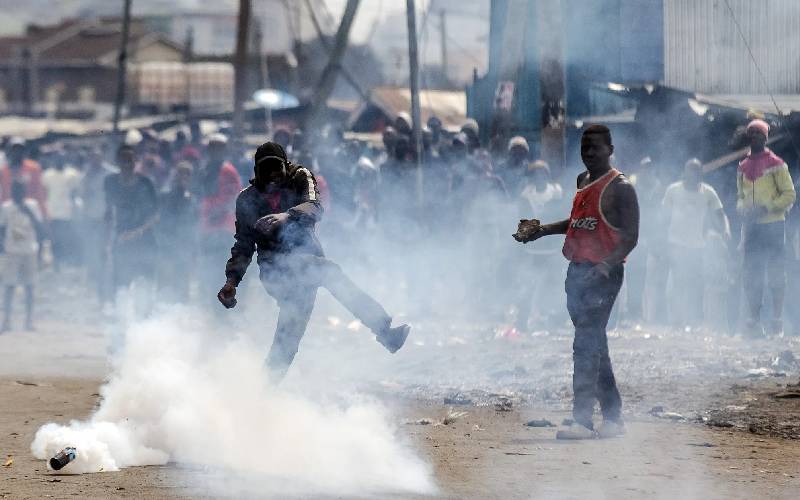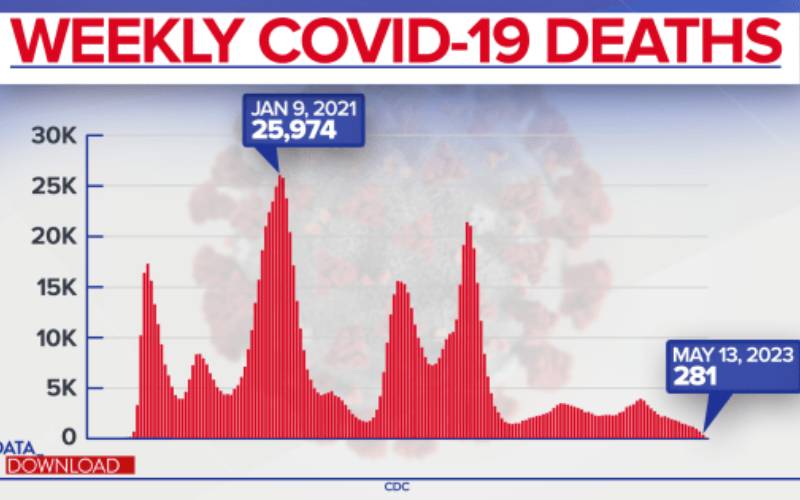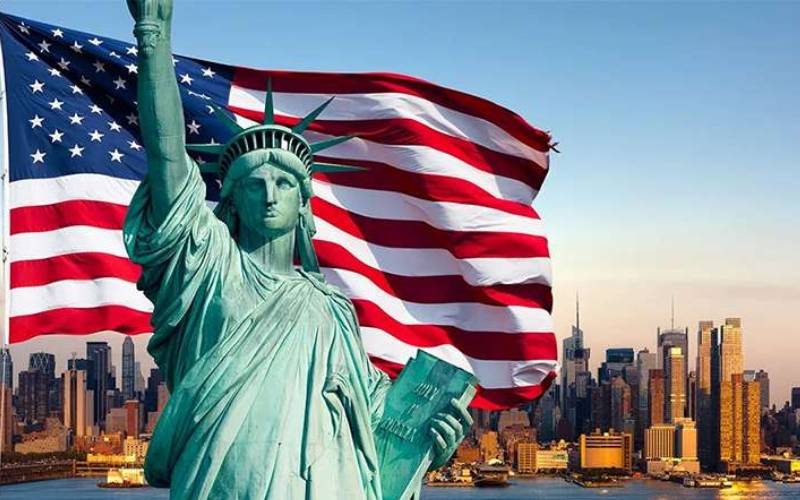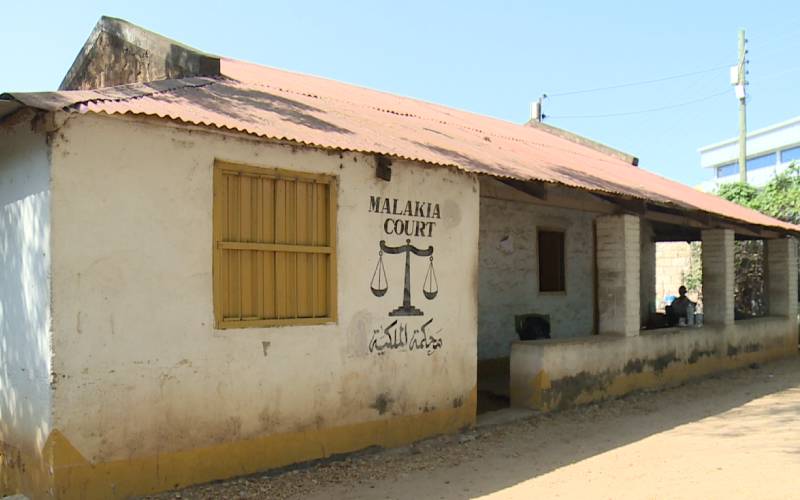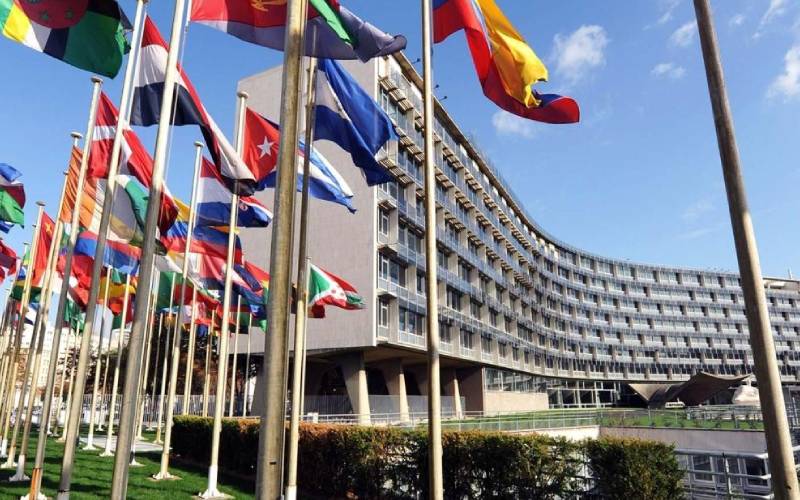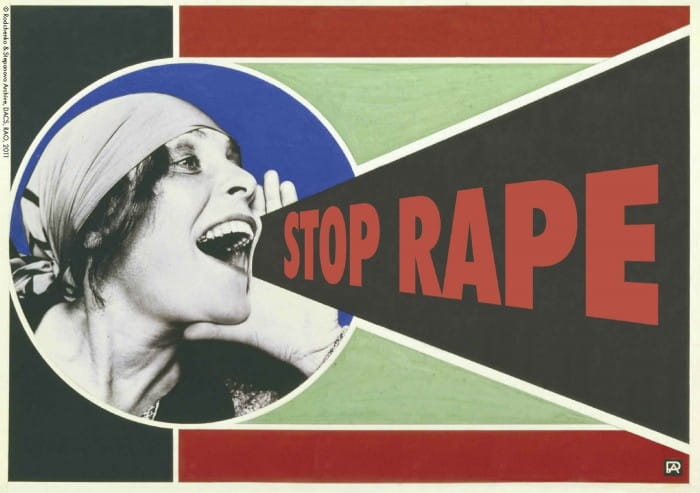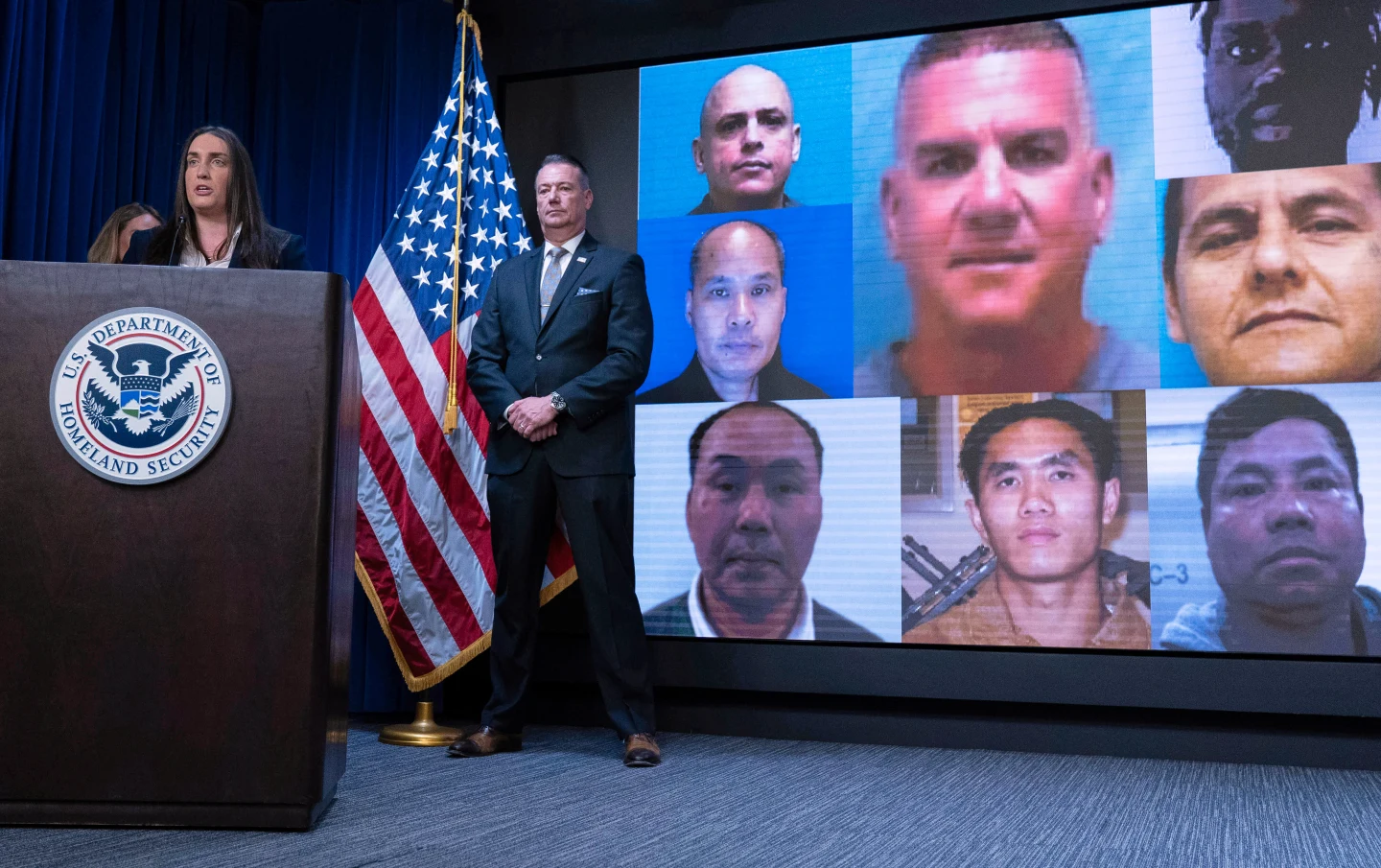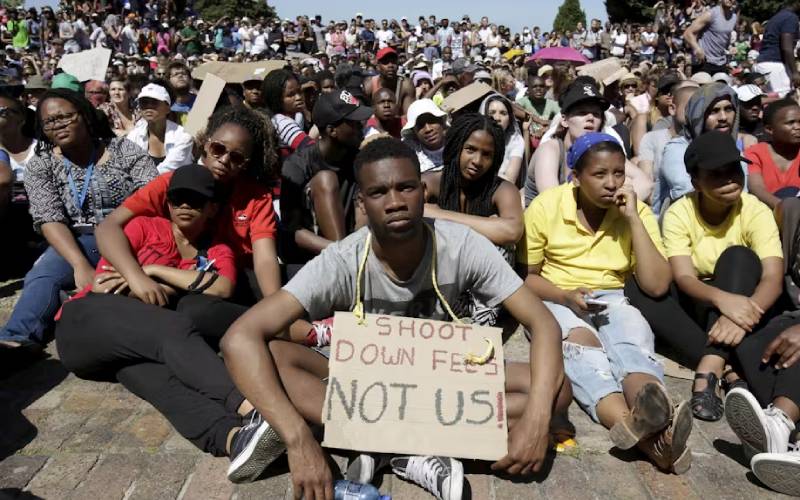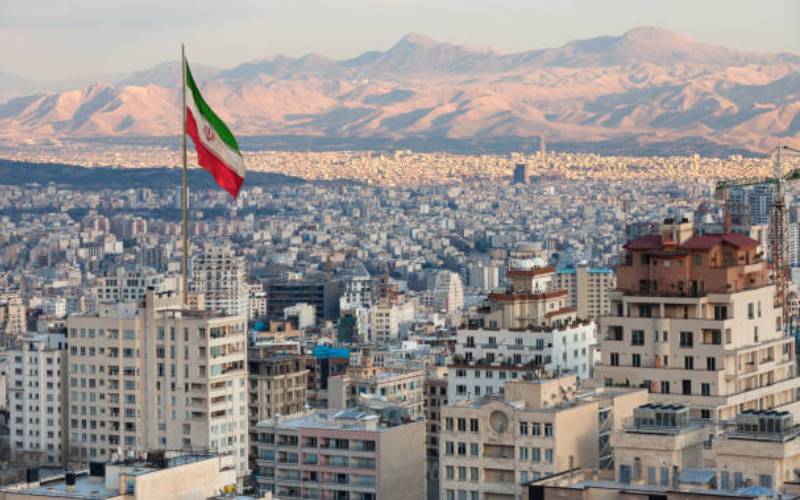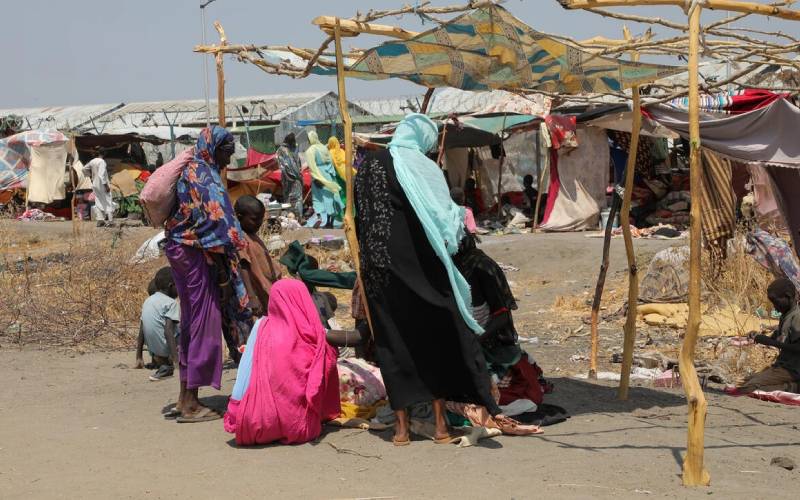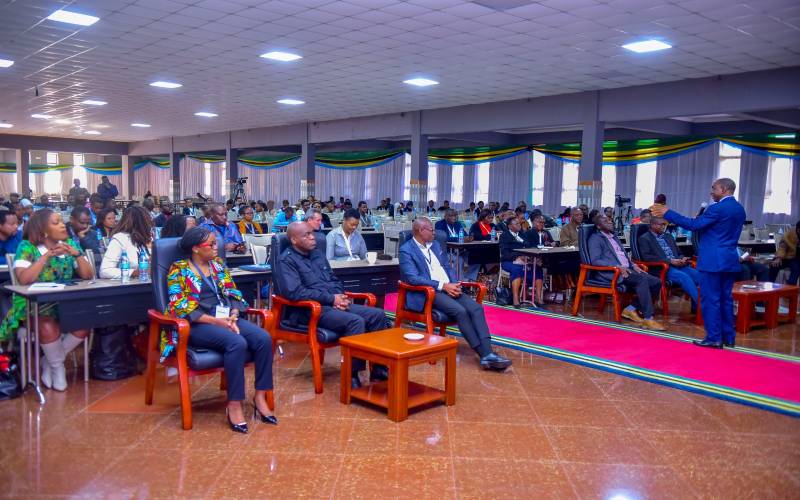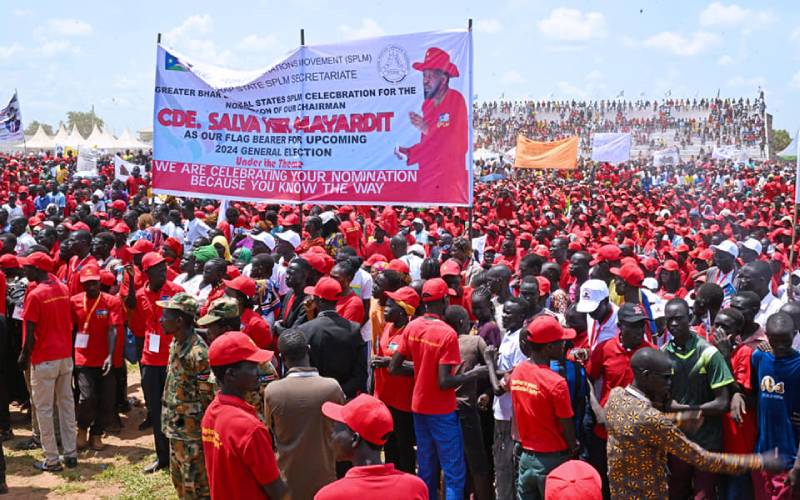By Wamaitha Nyoike
In the shadows of Nairobi's lofty skyline and the soothing breezes of Kisumu’s lakeshore, a tumult is brewing—not from storms, but from raised voices, clenched fists, and unwavering resolve. Kenya is engulfed in protests. The streets resonate with chants, signs, tears, and a profound aspiration for a brighter future. The essence of the nation is awakening, and the world is starting to pay attention.
"Maandamano," meaning demonstrations or protests in Swahili, has transformed from a mere political term into a tangible experience, a battle cry that reverberates from the Kibera slums to the coastal paths of Mombasa. This movement was ignited not by a single incident but rather by a buildup of injustices, financial hardship, and unfulfilled promises.
The latest trigger was the heartbreaking death of Albert Ojwang, a young Kenyan blogger, while in police custody. Although initially ruled a suicide, an independent autopsy revealed a different account—one of alleged police brutality, blunt force injuries, and a pattern far too familiar to many Kenyans. His tragic and unnecessary death resonated deeply with the populace. It symbolized more than just the loss of Albert; it represented the collective pain of many.
While Albert's demise served as the spark, the kindling had been gathering for some time. Recently, Kenyans have been grappling with an escalating cost of living. The Finance Bill 2024, introduced by President William Ruto’s administration, suggested significant tax increases on fuel, basic food items, and digital services, all in a nation where more than a third of the population lives in poverty. For many, this felt like an affront.
The working class, already strained, witnessed their limited incomes stretched to the brink. Food costs surged. Energy bills soared. Fuel prices reached unprecedented levels. The mounting frustration overflowed.
People recall the pre-election vows of economic transformation, job creation, and anti-corruption efforts. Instead, they observed the lavish lifestyles of political elites, escalating national debt, and secretive agreements.
The sense of betrayal is unmistakable. Social media is awash with videos of politicians belittling protestors, making thoughtless comments, or blaming foreign influences, which only ignites further outrage.
What sets this wave of maandamano apart is the youth demographic at the forefront. These protests lack centralized leadership, are tech-savvy, and filled with deep emotions. Platforms like TikTok, Instagram, and X (formerly Twitter) have become powerful tools for mass mobilization. Young Kenyans are sharing real-time updates of protests, police repression, and personal accounts of hardship. There is a genuine authenticity that the government struggles to counteract.
“I may not have a job,” states 23-year-old Naomi from Kisumu, “but I have a voice, and I will use it.”
The Kenyan government's reaction has involved a mix of concessions and crackdowns. Facing rising criticism, President Ruto has pledged to investigate, ensure accountability for police misconduct, and initiate economic reforms. Nevertheless, on the streets, protestors are confronted with tear gas, rubber bullets, and, in some instances, live ammunition.
In June 2024, during the occupation of the Kenyan Parliament in Nairobi, 19 protestors lost their lives, and over 200 sustained injuries. International human rights organizations condemned these measures as an “excessive use of force” and a “suppression of democratic expression.” Kenya, regarded as a strategic ally of the West and a cornerstone of East African stability, has attracted global scrutiny.
The United States and the European Union have urged for restraint and dialogue, warning against further escalation. Conversely, Amnesty International and Human Rights Watch have released scathing reports detailing police misconduct. The African Union has also called for a peaceful resolution and offered to facilitate discussions between the citizens and the government.
For numerous Kenyans, the most urgent issue isn't about international relations; it’s about justice, dignity, and survival. Many believe the political elite does not listen or see them. Parents worry for their kids' safety during protests, while others dread repercussions for voicing their opinions. Protesting year after year with minimal results leads to a feeling of hopelessness. Despite their concerns, hope persists. This is why they take to the streets. In rural areas, protests may be more subdued, but the feelings echo those in urban centers. Conversations at bus stops, markets, and churches inevitably return to the question, “what comes next?”
Kenya stands at a crucial crossroads. Will the government commit to authentic dialogue, reform its economic strategies, and ensure accountability for the police? Or will it opt for suppression, potentially inviting more unrest? There’s an increasing demand for a national dialogue that encompasses not only politicians but also young people, faith leaders, civil society, and those whose voices have been marginalized.
Kenya is suffering, indeed. Yet it is also awakening. What we are observing is not merely unrest; it is democracy in action, though it may be painful and unrefined. The streets of Nairobi are filled not just with smoke and calls to action, but with bravery. Each protestor, every chant, and each placard symbolizes a populace that refuses to abandon their country.
Within that defiance and resistance lies Kenya's vibrant spirit. This is more than just maandamano. It represents a generation standing firm, a nation holding itself accountable, and a continent reminding the world: we are observing, we are voicing our concerns, and we will make ourselves heard.
